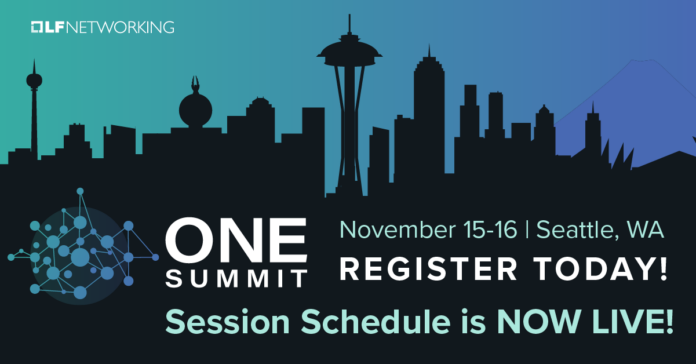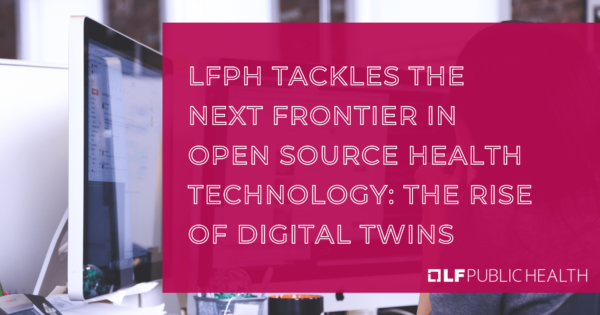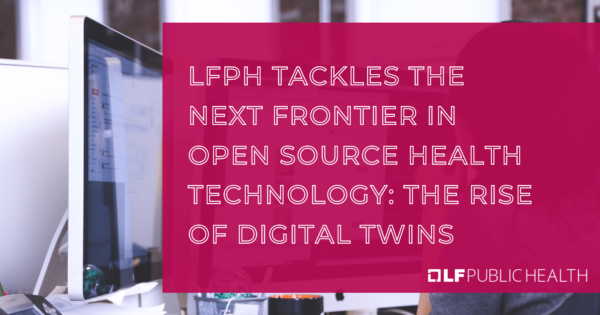Industry experts will share their knowledge across 5G, factory floor, agriculture, government, Smart Home, and Robotics use casesSpeakers from 50+ companies, 20 end users, 16 countries during ONE Summit Industry experts across the expanding open networking and edge ecosystems confirmed to present insights during ONE Summit North America, November 15-16, in Seattle, WA
SAN FRANCISCO, August 31, 2022 — LF Networking, the facilitator of collaboration and operational excellence across open source networking projects, announced the ONE Summit North America 2022 session schedule is now available. Taking place in Seattle, WA November 15-16, ONE Summit is the one industry event that brings together decision makers and implementers for two days of in-depth presentations and interactive conversations around 5G, Access, Edge, Telco, Cloud, Enterprise Networking, and more open source technology developments.
“LF Networking is proud to set a high bar with the quality of content submissions for this year’s ONE Summit, and to offer an innovative line-up of diverse sessions,” said Arpit Joshipura, General Manager, Networking, Edge, and IoT, the Linux Foundation. “We will also touch on gaming, robotics, 5G network automation, factory floor, agriculture and more, with a strong program based on the power of connectivity.”
The event will feature an extensive program of 70+ diverse business and technical sessions that cover cutting-edge topics across five presentation tracks: Industry 4.0; Security; The New Networking Stack; Operational Deployments (case studies, success & challenges); and Emerging Technologies and Business Models.
Conference Session Highlights:
ONE Summit returns in-person for the first time in two years in its best format ever! The use-case driven content is strong in breadth and depth and includes sessions from open source users with whom LF Networking is engaged for the first time. Attendees will have a choose your own adventure experience as they select from a variety of content formats from interactive sessions, panels, in-depth tutorials, to lightning talk sessions with quick glances of future- looking thought processes.
Real-world deployment stories of open source in action, from:leading telco and enterprise organizations including TELUS, Google, Deutsche Telekom, Red Hat, Verizon, Nokia, China Mobile, Equinix, Netgate, Pantheon and others. government and academic institutions including DARPA, the Naval Information Warfare Center (NWIC), UK Government, University of Southern California, Jeju National University, Georgia Tech, and others. Use case examples across the Metaverse, Robotics, Smart Home, Digital Twins, 5G Automation, Edge Orchestration, AI/ML, Kubernetes Orchestration, and more. Hands-on experiential learning and technical deep-dives in IoT and edge deployments led by expert practitioners.Lightning talks offer the opportunity to quickly learn about security and emerging technologies.Sessions contributing insight into open source projects across the ecosystem, including Akraino, CAMARA, eBPF, EdgeX Foundry, EVE, Nephio, OAI, OIF, ONAP, OpenSSF, ORAN-SC, SONiC, and more.
Registration
ONE Summit attendees engage directly with thought leaders across 5G, Cloud Native and Network Edge and expand knowledge of open source networking technology progression. Register today to gain fresh insights on technical and business collaboration shaping the future of networking, edge, and cloud computing.
Corporate registration is offered at the early price of US$995 through Sept. 9. Day passes are available for US$675 and Individual/Hobbyist (US$350) and Academic/Student (US$100) passes are also available. Members of The Linux Foundation, LF Networking, and LF Edge receive a 20 percent discount off registration and can contact events@linuxfoundation.org to request a member discount code. Members of the press who would like to request a press pass to attend should contact pr@lfnetworking.org.
To register, visit https://events.linuxfoundation.org/one-summit-north-america/register/. Corporate attendees should register before September 9, 2022 for the best rates.
Developer & Testing Forum
ONE Summit will be followed by a complimentary, two-day LF Networking Developer and Testing Forum (DTF), a grassroots hands-on event organized by the LF Networking projects. ONE Summit attendees are encouraged to extend the experience, roll up sleeves, and join the incredible developer community to advance the open source networking and automation technologies of the future. Session videos from the Spring 2022 LFN Developer & Testing Forum, which took place June 13-16 in Porto, Portugal, are available here.
Sponsors
ONE Summit is made possible thanks to generous sponsors, including: Diamond sponsor Dell Technologies; Gold sponsor kyndryl; Silver sponsor Futurewei Technologies; and Bronze sponsors Data Bank and Netris.ai.
For information on becoming an event sponsor, click here or email for more information and to speak to the team.
About the Linux Foundation
Founded in 2000, the Linux Foundation is supported by more than 2,000 members and is the world’s leading home for collaboration on open source software, open standards, open data, and open hardware. Linux Foundation’s projects are critical to the world’s infrastructure including Linux, Kubernetes, Node.js, and more. Learn more at linuxfoundation.org.
The Linux Foundation has registered trademarks and uses trademarks. For a list of trademarks of The Linux Foundation, please see its trademark usage page: www.linuxfoundation.org/trademark-usage. Linux is a registered trademark of Linus Torvalds. ###
The post The Network Evolves: ONE Summit Presents Collaborative and Transformative Program Across Networking, Edge, IoT appeared first on Linux Foundation.




